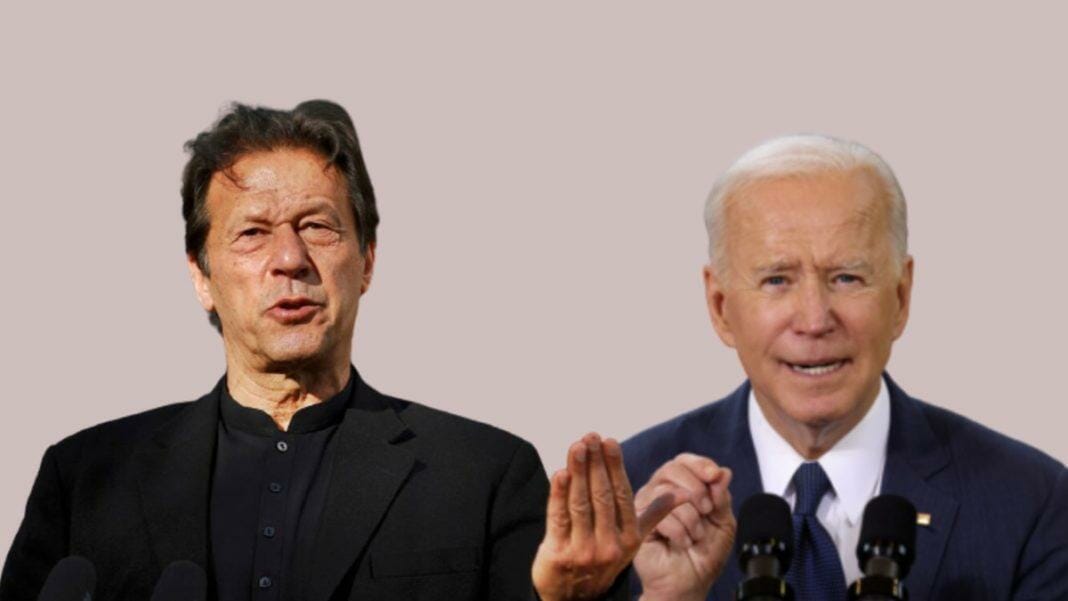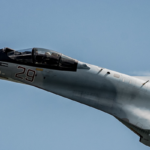India defied the US’ CAATSA sanctions threats by going through with its deal to purchase Russia’s S-400 air defense systems in a move that’s been widely discussed across the subcontinent. Most observers focused on the effect that this might have on Indian- American relations, which could in turn affect ties between India and China. Broader discussions concern the reasons why India is once again recalibrating its multi-alignment policy, the influence that Russia exerted over this process, and the implications for Eurasia’s overall balance of power.
Less discussed, however, is whether this deal will significantly affect Russian-Pakistani relations. Some have previously talked about this, but while that topic is once again being touched upon by a few within Pakistan, it hasn’t been covered all that comprehensively despite their rapidly expanding ties being one of the most unexpected but regionally impactful developments for many in recent years. What’s therefore needed is an objective assessment of whether or not this is even a factor in their ties, and if so, to what extent it can actually influence anything.
In short, this deal might complicate Pakistan’s national security, but the difficulties that it could create aren’t insurmountable and also shouldn’t be interpreted as being driven by any unfriendly desire by Russia to harm its new partner’s respective interests. Russia is India’s traditional military-technical partner so it’s not anything out of the ordinary that Moscow is outfitting New Delhi with these cutting-edge systems. Additionally, it should be noted that Russia already sold and delivered them to China before doing the same with India.
China and India are Russia’s top strategic partners, and Moscow aims to balance between them in a friendly, gentle, and non-hostile manner. This explains why it sold the same systems to each, all in an intent to preserve the military balance between them with a view towards consequently encouraging those two to resolve their issues through political means. Russia’s practice of “military diplomacy” differs from the US’ since the latter has a record of attempting to decisively shift the military balance in favor of its preferred partner in any pair of rivals in order to promote military solutions instead.
The S-400s are therefore regarded by Russia as more than just an air defense system since they clearly have a strategic purpose in terms of reshaping the complicated dynamics between that country, China, India, and the US. India’s decision to remain loyal to its deal despite the US’ CAATSA sanctions pressure was due to America mistreating that South Asian country over the past 18 months through those aforesaid threats, violating its exclusive economic zone, keeping it out of the loop with Afghanistan and AUKUS, and beginning to criticize its internal affairs (i.e. the state of democracy and human rights).
From the Russian perspective, India’s purchase of those systems successfully recalibrated its multi-alignment policy away from its prior de facto pivot towards the US at the expense of China’s security and thus the stability of Eurasia as a whole and back towards its traditional Russian-friendly direction that contributes to Eurasian stability, at least for the time being. Even though Moscow knows that the S-400s could complicate Pakistan’s national security, the overall strategic intent behind this sale was to reshape the Eurasian balance of power as explained in the Russian-Chinese-Indian-US quadrangle.
Pakistanis should keep these larger aims in mind in order to avoid wrongly regarding Russia’s sale as deliberately intending to complicate their national security. Their country has also proven itself more than capable of ensuring their pertinent interests under much more challenging circumstances in the past due to their cohesive working relations between their military-intelligence structures and scientific-technical communities. However it ends up happening, observers should expect Pakistan’s indigenous military- industrial complex to more than adequately respond to India’s attainment of the S-400s.
This means that the consequences of Russia’s S-400 sale to India are manageable and will likely only remain relevant for the short term. As such, they shouldn’t offset the unprecedentedly positive trajectory of Russian-Pakistani relations unless unfriendly forces in the second-mentioned succeed in using that false pretext to sabotage this process. That, however, appears extremely unlikely since there’s been amazing progress in bilateral ties over the past year. This includes their agreement on the Pakistan Stream Gas Pipeline and the development of financial infrastructure between them, among others.
That’s not even to mention the promising prospects of comprehensive economic integration over the long term through the eventual fulfilment of last February’s agreement to build a Pakistan-Afghanistan-Uzbekistan (PAKAFUZ) railway that could eventually connect their two countries via those two transit states and Central Asia. Russia considers Pakistan as playing a pivotal role in its Greater Eurasian Partnership (GEP) vision because enhanced relations between the two help retain stability in the supercontinent, which is what that grand strategic project ultimately aims to achieve.
For as important as Pakistan is to Russia’s GEP, there shouldn’t be any illusions about the much greater importance that India holds for Moscow. President Putin’s visit there last month resulted in both sides agreeing to a whopping 99-paragraph strategic partnership declaration that essentially amounts to a de facto hemispheric-wide “balancing” alliance for advancing their shared vision of jointly assembling a new Non-Aligned Movement (“Neo-NAM”). Just like with the S-400s, the Neo-NAM isn’t predicated on complicating Pakistan’s national security interests and is actually being advanced with China in mind.
What’s basically happening is that President Putin has initiated two power plays for decisively reshaping the balance of power in Eurasia: his country’s S-400 sale to India and the unofficial Neo-NAM proposal. It can even be argued that PAKAFUZ and the comprehensive improvement of Russian-Pakistani relations serve a supplementary purpose of balancing Indian-US relations in a friendly, gentle, and non-hostile manner that also signals a positive intent towards China to reassure the People’s Republic that the first two power plays with India aren’t mean to “contain” Beijing but “balance” it in a “multipolar” manner.
With this in mind, Russian-Pakistani relations actually take on a much more strategic importance in the grand scheme of everything since they help Moscow avert any potential “security dilemma” with China that could be unintentionally catalyzed by its two recent power plays with India. The message that’s meant to be conveyed to China is that Russia will confidently pursue the comprehensive advancement of relations with Pakistan, China’s iron brother and India’s nemesis, in spite of its recent power moves with India in order to reaffirm its strategic independence and neutral balancing intentions in Eurasia.
To be clear, what was just explained doesn’t automatically mean that Russia’s admittedly risk strategy will succeed, but just that this compellingly appears to be what it’s aiming for if one objectively assesses its intentions in light of the recent moves that were discussed. The takeaway is that Russia’s grand strategic relevance in Eurasia has dramatically risen due to its power plays in South Asia – its S-400 sale to India, the unofficial Neo-NAM proposal, and the comprehensive improvement of ties with Pakistan. The latter’s strategists should therefore figure out the best way to leverage all of this to their advantage.
Andrew is an American Moscow-based political analyst specialising in the relationship between the US strategy in Afro-Eurasia, China’s One Belt One Road global vision of New Silk Road connectivity, and Hybrid Warfare.








